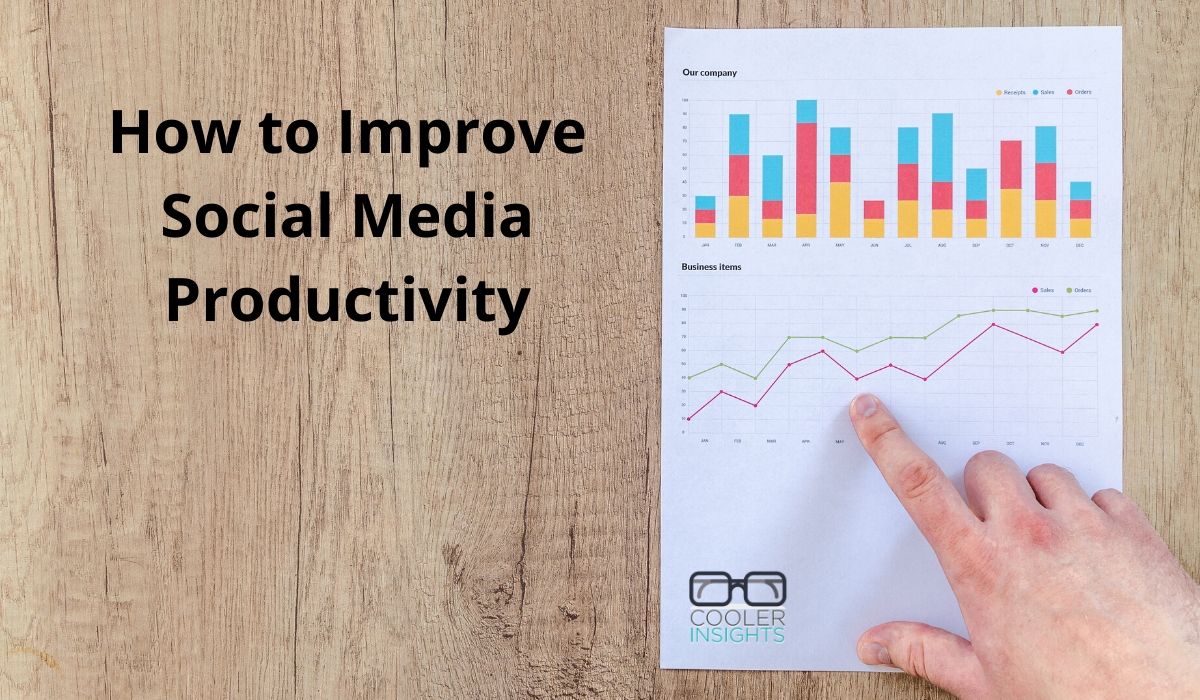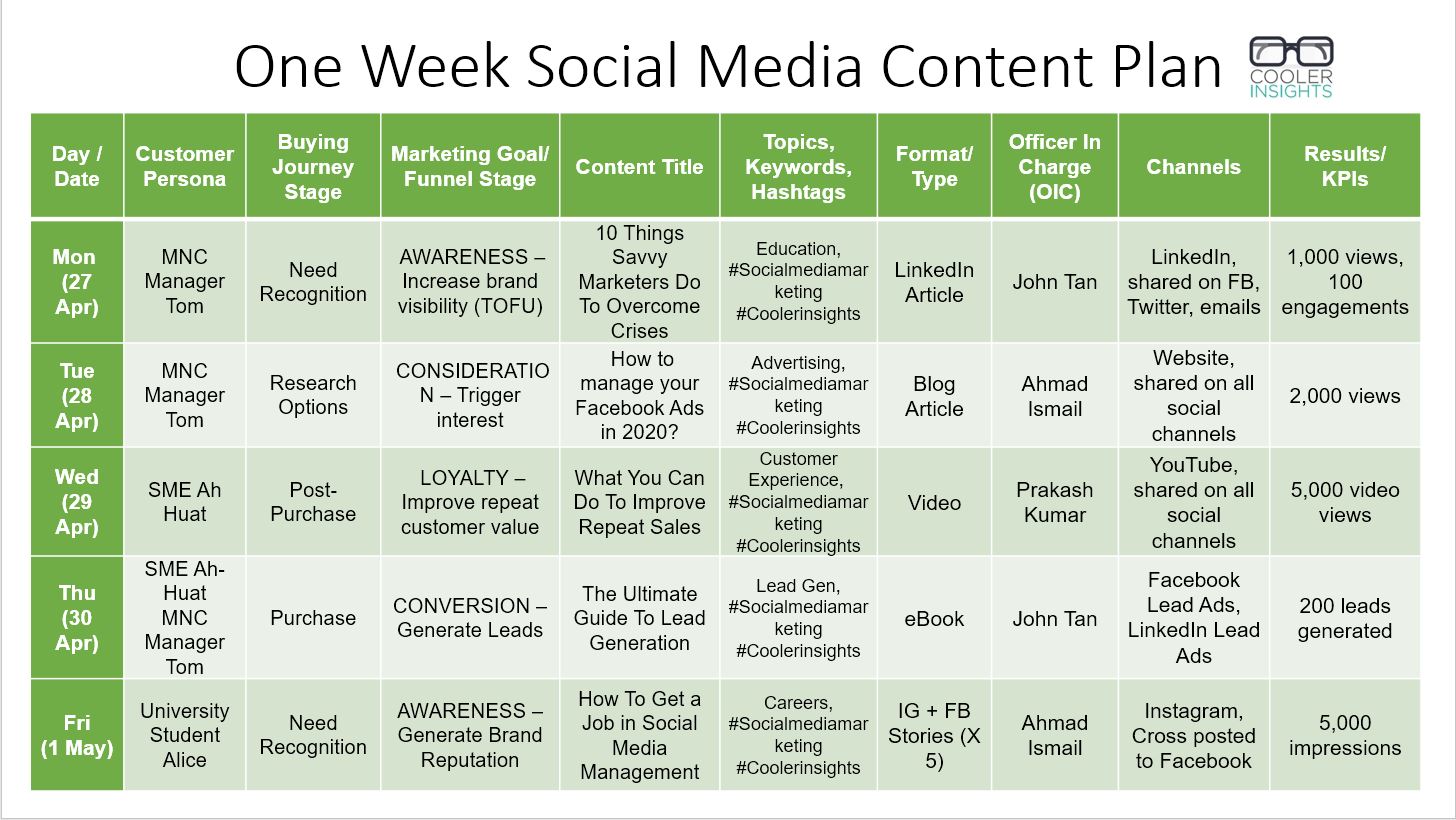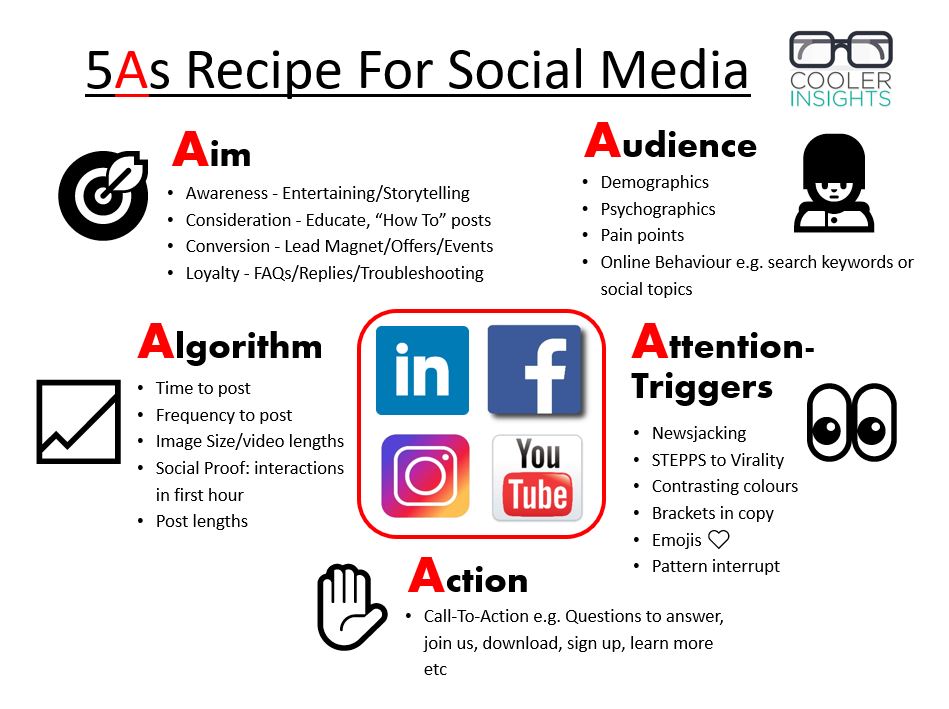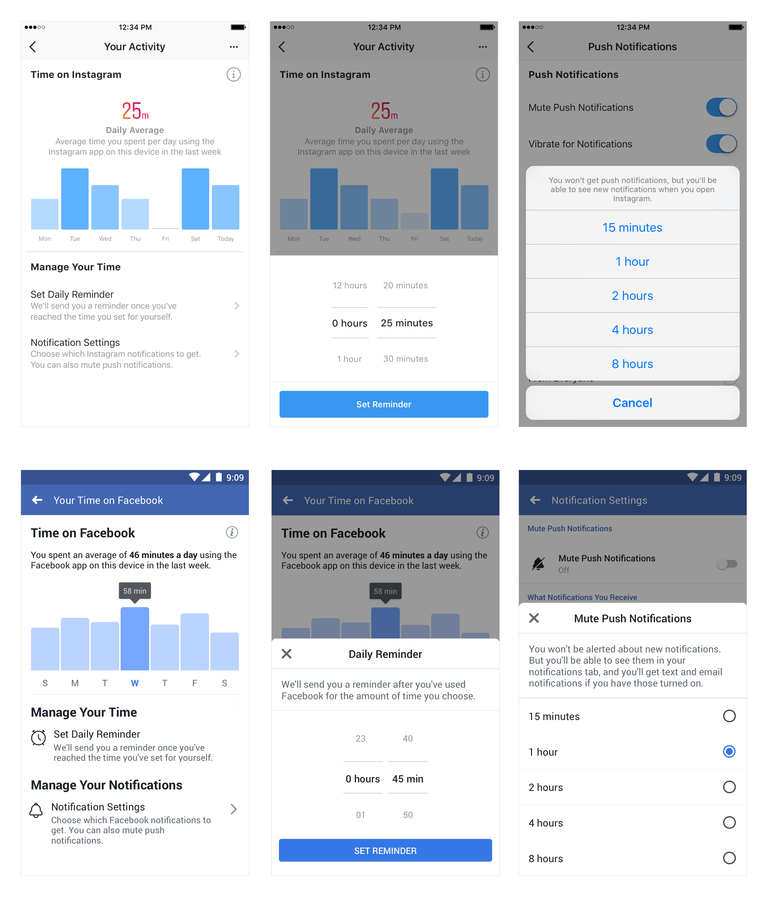
Frustrated by your inability to churn out content on social media? Love to improve your social media marketing productivity?
As a social media marketer, I know how difficult it can be to continually produce, publish and promote content on Facebook, LinkedIn, Twitter, Instagram, Pinterest, YouTube, TikTok and other social media platforms.
But content is only part of the story.
You have to cultivate your online communities by responding to their comments or messages.
And amplify your social media marketing efforts through paid advertising campaigns.
How can anybody possibly do so much? Especially when you have multiple brands and social media channels to take care of?
In this article, you will learn some a systematic 10-step process to improve your productivity on social media.
#1 Regularly Consume and Document Relevant Content
Often, marketers and business owners tend to run out of content ideas because…
- They aren’t consuming enough relevant content
- They aren’t tuning in to what their competitors are doing on social media
- They aren’t observing what their customers are telling them
- They aren’t documenting what they’ve learned
To ensure that your social media content efforts are on track, you need to be consistently reading, listening and watching content related to your trade. This could range from reading blog articles, listening to podcasts, or watching videos produced by influencers in your business.
But passive learning isn’t enough. You need to document what you’ve learned!
This can be done by writing a blog post (my preferred method), jotting down a summary, or creating a short video to share what you’ve learned. Or you can use tools like Evernote or Google Docs to put these ideas into one place.
#2 Organise Ideas into Social Media Content Pillars
Once you’ve amassed a critical volume of content, your next step is to brainstorm and organise them into content pillars.
These are large blocks of content that are related to a specific topic. They often comprise smaller sub-topics within each topic.
A good example of a content pillar is a topic like “How to Develop an Effective Social Media Marketing Strategy”.
You can probably break it up into sub-topics like the following:
- What is a Social Media Marketing Strategy
- Why should you craft a Social Media Marketing Strategy
- How to set SMART goals in Social Media Marketing
- How to choose the right Social Media Channels
- Measuring Your Social Media Performance
And so on and so forth.
#3 Classify Your Content into Targets, Themes, Types, and Timelines
After you’ve built your content pillars, you need to have a way to dissect them into smaller social media posts, classify them in a coherent manner, and publish them according to a timeline.
Consider using the four Ts:
- Target: Who is your target audience and what is your marketing goal for the post? How can you address your audience’s needs, wants and desires while satisfying your intent?
- Themes: Do you have different categories of social media content related to your goals? These are often related to your marketing goals. For instance, in my example, themes could include “How Tos” “Tip of the Week” “What’s Trending” “Company Updates” or “Product Showcase” (this would normally be associated with a sales offer)
- Types: What would be a suitable content type and social media channel for your post? An article on your website plus a link post? An image? An infographic? A short video? A long-form video? Or just a text post?
- Timelines: When should your social media posts be published? How frequently should your posts be?
In short, this is where you answer the question of Who, What, When, Where and Why.
#4 Place Them in a Social Media Content Calendar
After you’ve brainstormed on the above, you need to put them all into one place: your social media content calendar.
This is where you can add further details such as the metrics used to measure your performance for each post, as well as the people responsible for them.
Here’s an example of how it may look like.

(Note that the results/KPIs will only be filled up AFTER you have published and promoted the post.)
You can use a weekly calendar as a template and plan them up to a month in advance (approx 4 weeks).
#5 Develop Checklists and Templates for Social Media Posts
Most people are not Thanos. They’re unable to produce a social media post at the snap of a finger.
Fortunately, there is a way around it, and that involves coming up with templates for your social media posts.
Now these could take on many different formats depending on your organisation’s needs and goals. If you do not have any, consider using my 5As recipe for your social media posts as shown below:

The 5 As is a checklist that you can use when you craft your social media posts to ensure that…
- They’re aligned to specific marketing goals and target audiences
- They’re ‘right-sized’ and follow the right dimensions for each platform
- They’re optimized to attract attention and result in a suitable action being taken by the audience
#6 Schedule with a Social Media Management Tool
Once you’ve crafted your social media posts and decided on when and where you should post, you can consider using a social media management tool to improve your productivity.
There are several of these available, and they include:
Hootsuite is a more comprehensive all-in-one tool for social media scheduling. However, it can be a bit overwhelming to use and the free version is limited in terms of functionality.
Some of these tools like Buffer offers a website integration. Thus, you can automatically publish a new post on social media platforms like Twitter, Facebook and LinkedIn whenever a new blog post is up.
#7 Manage Time Spent on Social Media
One of the dangers of being on social media is that you could end up losing track of time. Designed to attract, engage and retain users ad infinitum, most social media platforms feature an endless scrolling function, as well as notifications on your posts (likes, comments, shares) which can continually distract you.
(Psychologists have named social media platforms like Facebook as “crack on steroids”!)
To prevent yourself from being distracted on social media, manage your time responding to your user’s tweets, comments, and shares. You can check in perhaps 3 times a day (once in the morning, once during lunch, and once in the afternoon), or schedule time to do so in your calendar.
Hot Tip: Platforms like Facebook and Instagram now provide a “Time Limit” that you can set on your mobile device. These are under the “Settings” section on Facebook or Instagram.
You can look at the screenshots below to see how you can set it for your smartphone.

#8 Batch Your Social Media Activities
This brings us to our next related strategy which is batch processing.
The most efficient social media marketers choose when and where to produce content, respond to users, reply to Instant Messages, and engage with other social media groups and pages.
There are two things to consider here:
a) Do the hardest things first
Spend your mornings when you are well-rested on content planning or creation. Often these are the most brain and time-intensive activities, and require longer stretches of uninterrupted time to think through and develop.
Use your interstitial periods (when you’re taking a break in between content production or analysis) to respond to users, engage with others, or reply to messages.
b) Establish a social media routine/ cadence
Synchronise your calendars (or your colleague’s calendar if you’re the boss) to a certain content cadence or rhythm. This could help to ensure that the full range of social media activities that you need to do are accounted for in your diaries.
For instance, you may spend every Monday morning reviewing your social media performance from the previous week, and analyse your metrics with a report. Monday afternoons could be spent on creating content for the week. And so on and so forth.
Read my article to learn how you can schedule your time for daily, weekly, fortnightly, monthly, and annual social media activities.
c) Book your calendars and stick to them!
This is probably less about social media marketing and more about personal productivity. 🙂
What I’ve learned from the peak performers in any industry is that they schedule their time for all their activities. Where possible, they book their time in advance, and account for the time spent for each activity.
Eventually, you’ll establish “muscle-memory” for these activities, and they become a habit.
#9 Establish Social Media Workflows and SOPs
On an organisational basis, it makes sense to establish proper Standard Operating Procedures (SOPs) and workflows for your different colleagues involved in managing the social media function.
This could take the form of a social media playbook which can include chapters on how your colleagues can handle the different scenarios. It should also document the social media marketing best practices which your organisation can adopt.
Here are some of the topics that your playbook can include:
- Your different customer profiles
- Your templates and checklists
- Your social media workflows: These may detail who is responsible for drafting the post, followed by designs, edits, approvals, publishing and advertising
- Your Frequently Asked Questions (FAQs): I can’t over-emphasise how important these are
- Your best practices (and worse practices)
- Your crisis communication scenarios
#10 Outsource Your Social Media Marketing
Finally, consider partnering a reputable social media agency to outsource part of your social media marketing efforts.
In determining what you should do inhouse and what you should hire a vendor to do, consider the following questions:
- What is the size of our social media team?
- What are the different tasks that they need to do?
- What are the skill sets that they have? Which are their areas of weaknesses?
- What can be done cost-effectively inhouse vs outsourced?
- What are the jobs or tasks that we do not like to do?
- What tasks are better left to the professionals?
- What is our annual, monthly or campaign-based budgets like?
Conclusion
And there you have it! 10 steps you can take to improve your social media marketing productivity.
To recap, you should…
- Regularly consume and document what you’ve learned
- Organise content into pillars
- Classify content into targets, themes, types, and timelines
- Put everything into a social media content calendar
- Develop recipes and templates for social media
- Schedule your posts with a tool
- Manage your time spent on social media
- Batch your social media activities
- Establish social media workflows and SOPs
- Outsource your social media marketing
I hope that you found this useful. Which areas do you currently practice, and which areas do you see gaps in?
Wish to Boost Your Social Media Marketing Productivity?
Fill in the contact form below and let us know how we can help you to amplify and transform your social media marketing efforts!

One Comment
Comments are closed.